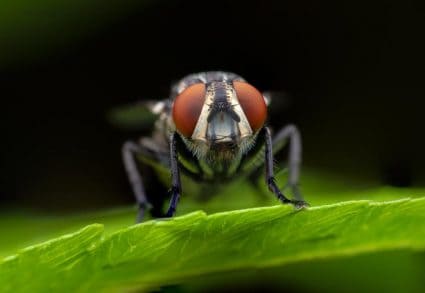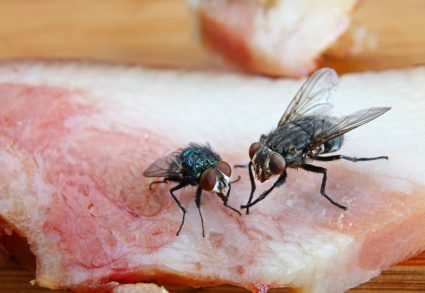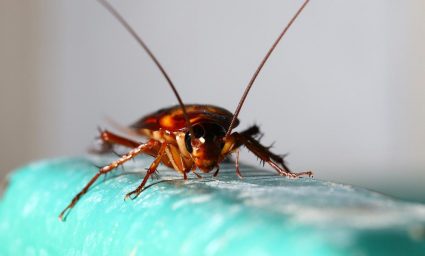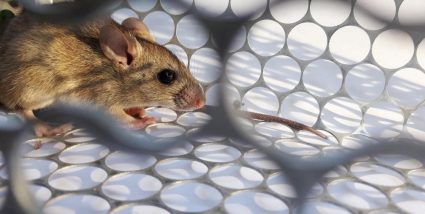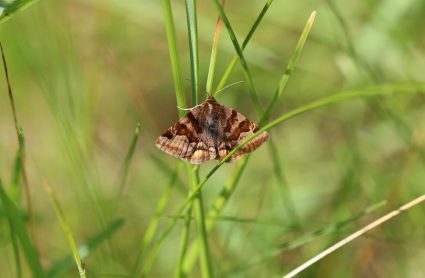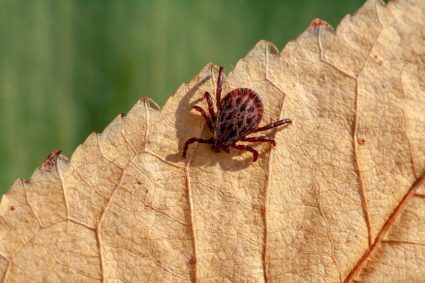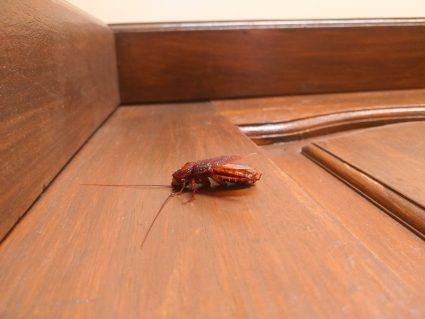
Sugar ants, also known as pavement ants or banded sugar ants, are small to medium-sized ants known for their attraction to sweet foods. While they are generally not aggressive, sugar ants can bite when they feel threatened or disturbed. This article delves into the specifics of what a sugar ant bite looks like, how to identify it, and what you can do to treat and prevent it.
A sugar ant bite typically appears as a small red bump or pimple on the skin. These bites are generally not painful and are unlikely to produce any reaction or symptoms unless you are allergic. In some cases, sugar ants can spray formic acid, which may cause a slight burning sensation.
Identifying a Sugar Ant
Sugar ants are a general term for various small to medium-sized ant species that are attracted to sweet foods and do not sting. Some common species that fall under the sugar ant category include Pharaoh ants, Argentine ants, Thief ants, Odorous house ants, Ghost ants, Pavement ants, Acrobat ants, and Cornfield ants.
Sugar ants are dark in appearance, small in size (ranging from 2 to 15 mm), and are usually found near sources of food. They are nocturnal and tend to forage for food from dusk to dawn. They have a preference for sugary foods, such as honey, corn, soft drinks, maple and other syrups, nectar, and jams. However, they are omnivores and can also consume greasy foods, fatty foods, and protein.
What Does a Sugar Ant Bite Look Like?
A sugar ant bite typically appears as a small red bump or pimple on the skin. Sugar ants are mild-mannered and do not sting, but they can bite if they feel threatened or disturbed. Their bites are not painful and are unlikely to produce any reaction or symptoms unless you are allergic. In some cases, sugar ants can spray formic acid, which may cause a slight burning sensation.
How to Distinguish a Sugar Ant Bite
Distinguishing a sugar ant bite from other insect bites can be challenging, as the symptoms are often similar. However, there are some characteristics that can help you identify a sugar ant bite:
- Pain level: Sugar ant bites are generally not painful, unlike bites from fire ants or stings from bees and wasps.
- Reaction: Sugar ant bites are unlikely to produce any type of reaction or symptoms unless you’re allergic.
- Size and appearance: Sugar ants are small, ranging from 2 to 15 millimeters in length, with male ants usually black and female ants having an orange hue to their body.
Treating a Sugar Ant Bite
There are several effective home remedies for treating sugar ant bites. Some of these remedies include the use of lemon juice, a baking soda paste, olive oil, ice, aloe vera, lavender essential oil, honey, and toothpaste. Remember to avoid scratching the bite, as this can cause infection. If your symptoms persist or worsen, consult a healthcare professional.
Preventing Sugar Ant Bites
To prevent sugar ant bites, it’s essential to understand that sugar ants typically do not bite humans unless they feel threatened or disturbed. They are attracted to sugary substances, so keeping your home clean and free of food debris can help prevent an infestation. Store food properly, seal entry points, maintain cleanliness, use natural repellents, and monitor ant activity.
Conclusion
While sugar ant bites are generally not harmful, knowing what they look like and how to treat them can help you deal with them effectively. If you have a serious sugar ant infestation, consider contacting a professional pest control service to help you manage the problem effectively.
Frequently Asked Questions
What are some natural repellents for sugar ants?
Some natural repellents for sugar ants include vinegar, cinnamon, coffee grounds, and essential oils such as peppermint and tea tree oil. These can be used to disrupt the ants’ scent trails and deter them from entering your home.
How can I identify a sugar ant infestation?
Signs of a sugar ant infestation include seeing live ants, particularly in kitchen areas or places where food is stored, finding ant trails, and spotting mounds of soil or sand around your property.
Can sugar ant bites cause an allergic reaction?
While rare, some people may experience an allergic reaction to a sugar ant bite. Symptoms can include swelling, redness, hives, and in severe cases, difficulty breathing. If these symptoms occur, seek medical attention immediately.
How long does it take for a sugar ant bite to heal?
Healing time for a sugar ant bite can vary depending on the individual and their immune system, but generally, the bite should heal within a few days to a week.
What is formic acid?
Formic acid is a naturally occurring organic acid that is found in the venom of ants. When sprayed, it can cause a slight burning sensation.


